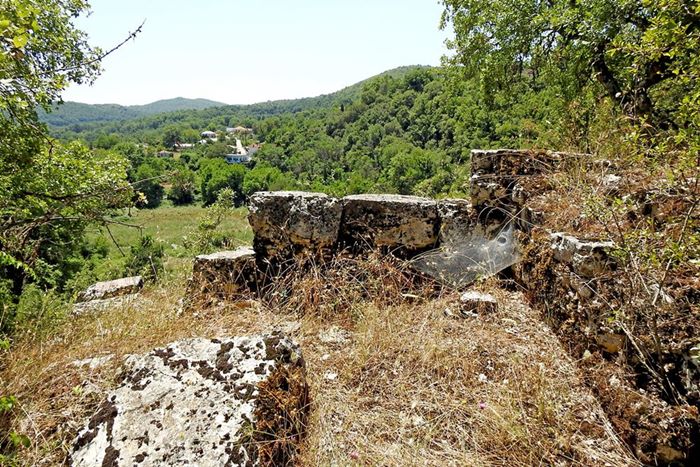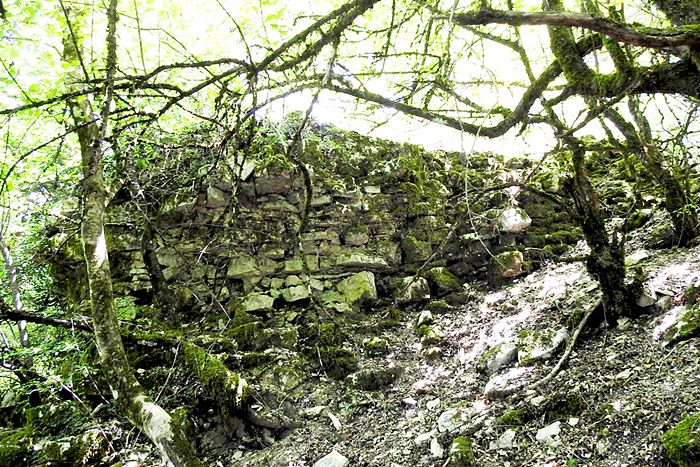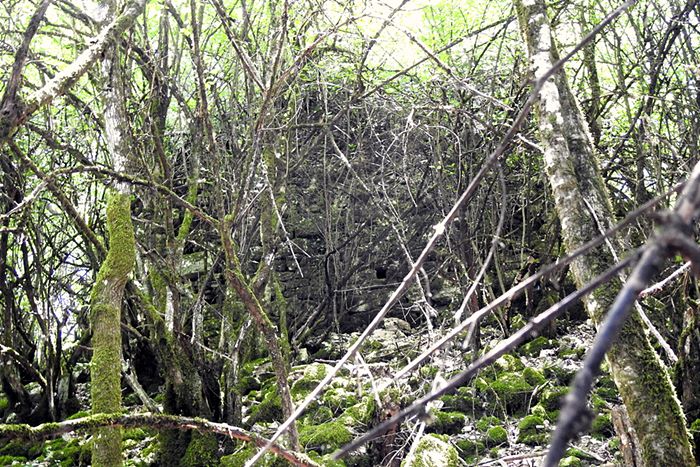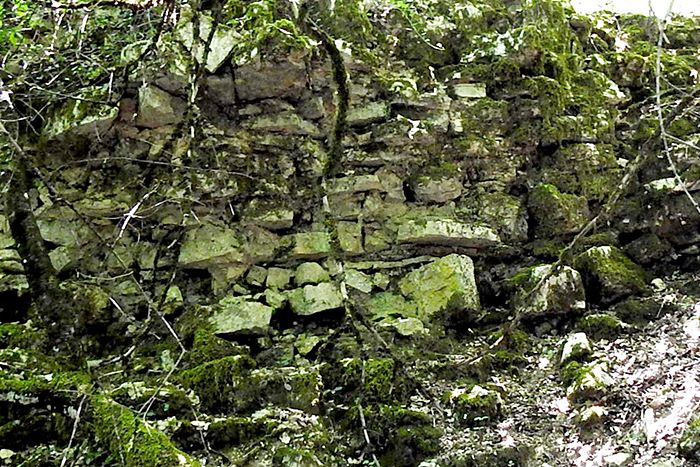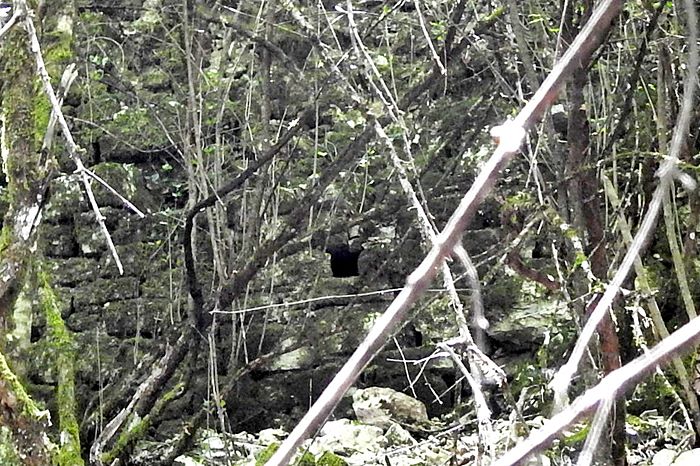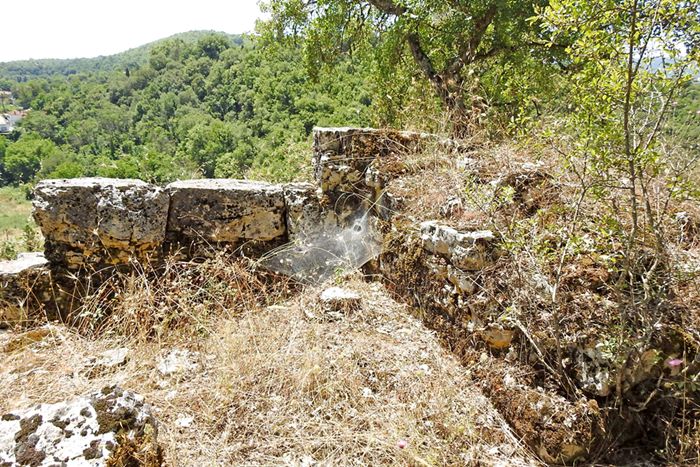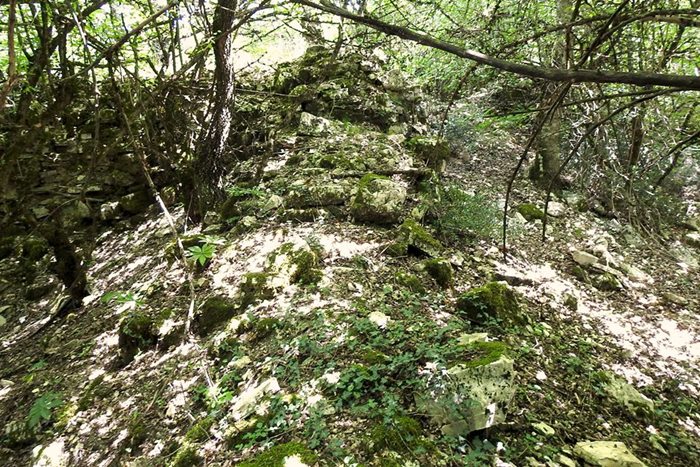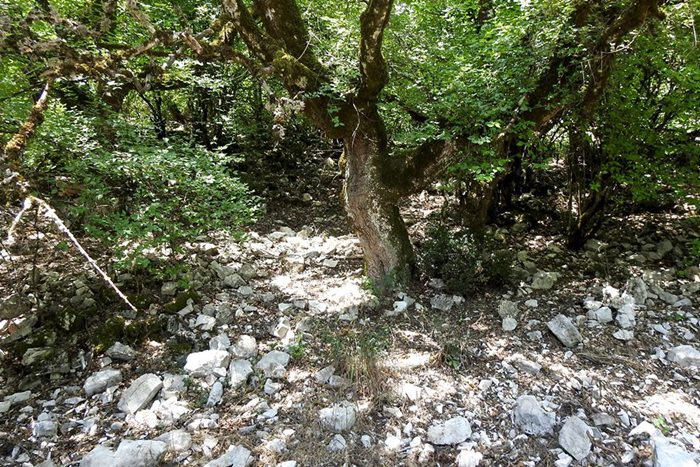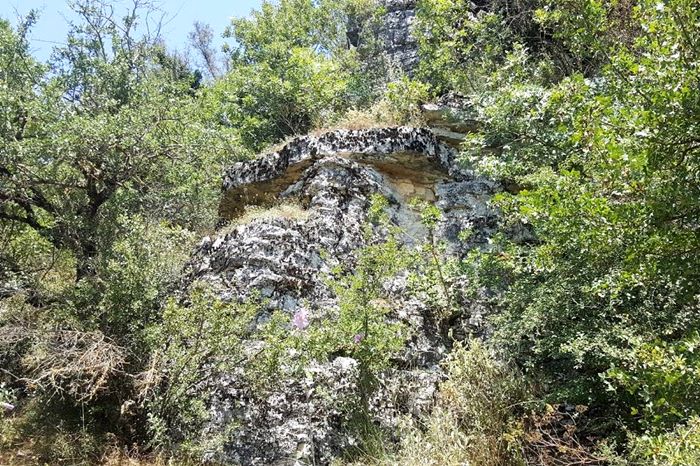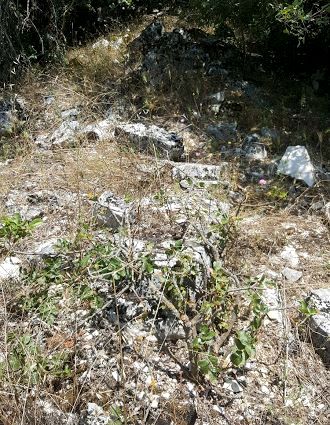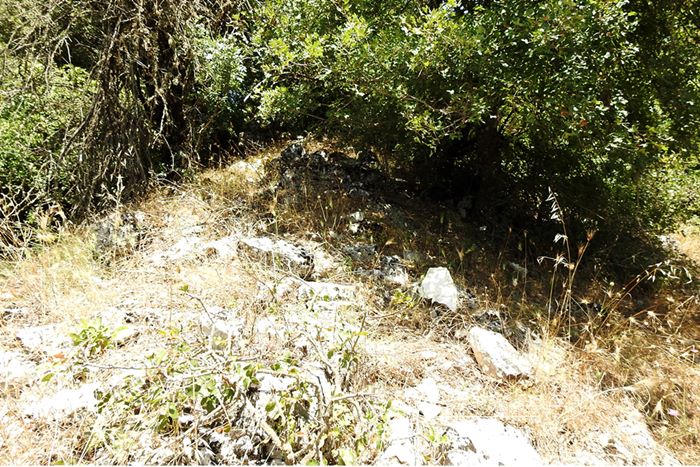Oreokastro, Pogoni, Ioannina,Epirus
Lachanokastro
| Location: |
| On the hill over the cemetery of the village Oreokastro, north of Ioannina, Epirus |
| Region > Prefecture: | 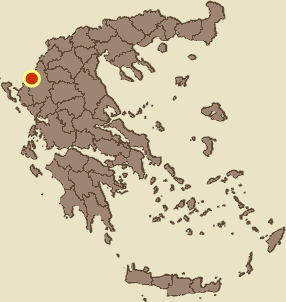 |
| Epirus Ioannina | |
| Municipality > Town: | |
| City of Pogoni • Oreokastro | |
| Altitude: | |
|
Elevation ≈ 545 m (Relative Height≈40 m) |
| Time of Construction | Origin | |
| 14th century | Late-BYZANTINE |
|
| Castle Type | Condition | |
| Castle Ruins |
In Ruins
|
An ancient Hellenistic acropolis of Epirus which was used as a castle also in the Late-Byzantine period.
Its location is a low hill north of the village Oreokasro in the region of Pogoniani at the northern part of the prefecture of Ioannina, close to the borders with Albania. The name of the village was also Lachanokastro until 1955 when it was changed to Oreokastro (meaning beautiful castle; the original name means cabbage castle).
History
Lachanokastro was an ancient castle. It was one of the towns of the Molossians who were the most important of the 14 Greek tribes of Epirus.
In the 3rd century BC, the Molossians built a chain of more than 60 fortresses (acropolis) in the region north of Ioannina and south of the Albanian borders. The reason for this sudden burst of construction activity is not known but it might have been an initiative of some central authority (e.g. of the king Pyrrhus).
Lachanokastro was one of these fortresses. Its ancient name is unknown.
In the 2nd century BC the Molossians fought against the invading Romans who eventually prevailed in 167 BC and revenged by destroying 70 cities in Epirus and by enslaving 150,000 Molossians.
Lachanokastro, most probably was one one of the castles that were destroyed then. It must have remained ruined and deserted, like the rest of Epirus, for a few centuries.
The name of Lachanokastro appears in medieval sources for the first time in the 14th century. It is mentioned in the Chronicle of Ioannina that narrates the history of Ioannina and Epirus under the rule of the despot Thomas Prelumbos (1366-1384) who was a Serbian.
Those days, the area had a serious problem with Albanian raiders who had taken control of several towns including Lachanokastro. Prelumbos asked the help of the Turks who willingly sent a force of 3000 men under the command of Isaim, an Islamized Albanian. Isaim was successful in his mission and repelled the Albanians but continued by ravaging Greek cities, like the important city of Vella. The chronicle reports that after these events, Prelumbos, in order to protect his dominion from Albanians and Turks, decided to build or repair several castles one of which was Lachanokastro.
Interestingly, the Turk commander, Isaim, was granted a large piece of land and for a while he became a feudal lord seated in Lachanokastro! However, it seems that he did not stay there long, since it is known that some years later was killed in Macedonia during an Ottoman military campaign.
Another chronicle, the Chronicle of Tocco, reports that Charles Tocco in 1399, attacked the area of Pogoniani which apparently had passed under the control of the Albanians again. After that and for a few decades, the area and Lachanokastro belonged to the Despotate of Epirus until the Ottoman conquest in 1430.
In 1458 the Ottoman general Yakub bey passed from the area campaigning against Skenderbeu in Albania. Yacub realised that the Christian population was supporting the rebellion of the Albanian chieftain. So, he ordered the destruction of all the fortifications in the area in order not to leave fortified enemy positions in his back.
That was the end of Lachanokastro as a castle. The inhabitants moved to the current location of the village and the castle was never used again.
Structure, Fortification & Buildings
It is a small castle with a total area less than 8,000 sq.m. and a perimeter of around 350m. It is on a low hill at the south side of which flows the river Gormos. The side of the hill above the river is steep but, the other sides were rather vulnerable.
The castle was raised to the ground. There are many scattered stones at the slopes and traces of the foundations at some points. The only element still preserved to some height (around 4m) are the ruins of a tower at the northeastern corner, at the highest point of the hill. The tower, which looks medieval, was apparently a keep and was protected by an internal fortification. This internal acropolis had a surface of about 1 acre.
| First entry in Kastrologos: | November 2012 | Last update of info and text: | July 2018 | Last addition of photo/video: | July 2018 |
|
|
| Access |
|---|
| Approach to the monument: |
| From Ioannina take the road to Konitsa, After Kalpaki turn to Geroplatanos and later to Kefalovryso. From there, follow the road signs to Oreokastro (total 1hr form Ioannina) |
| Entrance: |
| Before arriving to the village, we see the cemetery of Oreokastro. Strating to the right of the church, a wide path leads after 10 min to the top of the hill. There is no fence but at certain points the access is difficult because of the vegetation. |
| Other castles around |
|---|
| Tower of Hamko |
| Castle of Konitsa |
| Kastraki of Agios Minas |
| Kastri of Vella |



